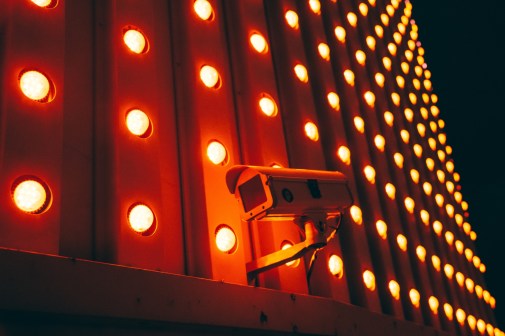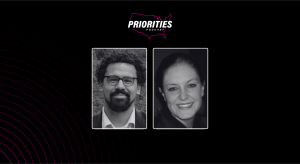Smart city surveillance: Singapore’s camera system stands as a potent deterrent

Editor’s note: Singapore is known as a global leader in a burgeoning smart cities market. StateScoop’s Jason Shueh is getting a closer look at its policies and technologies this week. This is his second report from the Asian city-state. A feature-length report will follow later this month.
Expenses for the trip were paid for by the government of Singapore. Full editorial discretion was left to StateScoop.
If there are two things you notice when you’re fresh off a jet in Singapore, it’s how clean the streets are and the inordinate amount of closed-circuit television (CCTV) cameras that ensure they remain so.
The smart city has cameras installed at most of its intersections, cameras along its side streets, cameras perched beneath alcoves, under overhangs and even cameras sticking up on poles and attached to other cameras. In fact, there are so many cameras, that after awhile you find yourself unable to notice them. They blend right into the infrastructure in the same way a utility pole or street light might. It results in an elevated expectation of public surveillance, one that Singaporeans accept as common role of government.
The effects can be palpable at times. I observed this on arrival, even before stepping out of Sinapore’s Changi International Airport. My driver, who had been given the unenviable task of transporting a jet-lagged, fumbling journalist to his hotel, looked anxious as I told him I might need a few more minutes to grab a Wi-Fi hotspot and exchange currency. No sooner had I turned around than did he disappear in a quick shuffle for the door.
I’d learn later — after he had made a few laps around the airport — he wanted to avoid the CCTV cameras catching his vehicle parked too long in the airport’s pick-up zone. For unlike most U.S. cities’ surveillance cameras, Singapore’s CCTV is adept at delivering evidence for costly fines, jail time and — when deemed appropriate — a swift slap of the cane.
For many Americans, the heightened surveillance and harsher punishments are policies that rankle. This was the case in 1994 when Michael Fay, then 18, became one of the first Americans to be caned, punishment for vandalism and theft of street signs. The incident stirred controversy in the U.S. and even so, many Singaporeans today see such punishment and the surveillance that precedes it as a necessary tool for law enforcement.
Whether it’s seen as an overreach of power or necessary means to an end, it’s hard to dispute the efficacy of CCTVs as a deterrent. Orwellian or not, Singapore’s cameras and policy measures are significant contributors to city’s clean image. Along its neatly formed thoroughfares, trash is a rarity. The city, with its ample use of vegetation attached to its green buildings and parks, has a kind of surreal quality when it comes to cleanliness. At a quick glance, a set of buildings can take on the qualities of an architectural drawing, something where real-world aspects like litter and normal wear and tear have yet to be factored in.
The Straits Times, the country’s highest-selling paper, writes of neighbors spotting garbage in back alleys and calling on authorities to install cameras to catch violators. Based on current U.S. exchange rates, the paper reported in February that the maximum fine for littering for a first conviction amounts to about $1,434, a second fine costs about $2,868, and subsequent convictions fine violators roughly $7,170.
News reports also show the cameras can catch serious offenses, too. Last August, CCTV caught a stalker attempting to molest a woman near a bus stop, and in December, a man was identified through the cameras as he assaulted three bus captains.
Outside of the Singapore’s criminal justice system, the CCTVs have been used to capture other types of information, including odd jobs like tracking an elusive monkey known for attacking residents. Singapore’s new Internet of Things initiative also includes the installation of even more CCTVs, used for capturing environmental data and analyzing traffic patterns inside a massive citywide sensor network.






